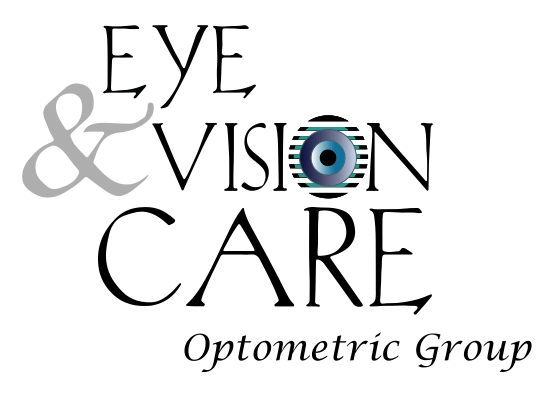Q: How do I know if I have Dry Eye?
A: Dry eye syndrome can only be diagnosed by an eye doctor. We take your symptoms into account, including the eyes feeling dry, burning, itchy or irritated. Watery eyes and blurry vision are also common because the tears, which protect the outermost surface of the eye, can be unstable.
Q: What are some of the warning signs of Dry Eye? How is it best detected?
A: Warning signs of dry eye can accumulate gradually over time. For example, contact lens wearers may incorrectly assume their lenses are old and need to be replaced. Other times, the eyes become watery, burn, or itch. Many cases are sub-clinical – they can only be diagnosed with the use of microscopic detection and special equipment! We look at tear quality, tear meniscus, and gland structure. Research suggests testing the tear osmolarity is a reliable indicator of dry eye disease, for pre-treatment and post-treatment assessment.
Q: What are the typical treatments used to help people suffering from Dry Eyes?
A: Treatment for dry eye depends on the cause, severity, and stage of the disease. Artificial tears can be helpful in the early stages. If over-the-counter eye drops are insufficient, we progress to a prescription medication such as Restasis or Xiidra. Lid hygiene as well as omega-3 fish oil supplementation can improve symptoms. Anti-inflammatory medications as well as punctal plugs are also available if needed for treatment.
Q: What happens at a dry eye exam?
A: To diagnose dry eye disease, the eye doctor can use a biomicroscope to examine whether there are plugged oil glands in the lid or any dry patches on the cornea present. A yellow stain called fluorescein can help us see how quickly the tears evaporate. We also look for eyelid issues like blepharitis (inflamed crusty lids) or Demodex mites which can worsen dry eye symptoms.
